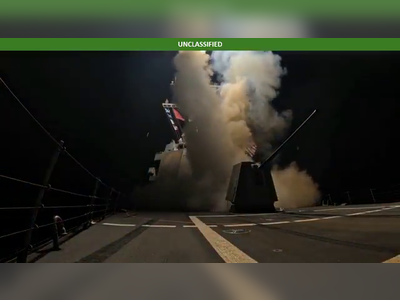
The real story of Cayman’s most famous shipwreck
Peggy Leshikar-Denton’s account of the story behind the Wreck of the Ten Sail is the culmination of more than three decades of research.
Using a mix of documentary accounts, oral histories and underwater archaeological surveys, the book pieces together the story of how a convoy of British ships were wrecked on the reefs off East End en route from Jamaica to the UK.
The book, ‘Cayman’s 1794 Wreck of the Ten Sail, Peace, War and Peril in the Caribbean’, is on sale at the Cayman Islands National Museum shop. The author will be signing copies as part of a soft launch Wednesday night.
Leshikar-Denton describes the book as a “labour of love” that had been made possible by the help and support of “many, many people” in the Cayman Islands and beyond.
Her interest in the story was sparked when she was part of a team that surveyed the wrecks of the Cayman Islands in 1979 and 1980. Years of research, including trips to the national archives in England and Jamaica and a PhD thesis followed, culminating in the book.
“It is a compelling story,” she said.
The story
Everyone in Cayman knows of the Wreck of the Ten Sail. But few know the full story.
The basic details, outlined in the book’s preface, tell how 10 British ships travelling from Jamaica in a convoy of 59 vessels went down off Grand Cayman.
Led by the frigate HMS Convert under the command of Captain John Lawford, the vessels were mostly merchantmen laden with rum, sugar, lumber and other produce bound for England. Approximately 10 lives were believed lost when the Convert and nine other ships wrecked on the eastern reefs in the early hours of 8 Feb. 1974.
The inhabitants of Grand Cayman, which numbered fewer than 1,000 people at that time, helped rescue the survivors.
Captain Lawford and around 30 of his men camped in tents on the beach opposite the wreck site for weeks afterwards as they attempted to salvage the vessels.
Folklore
A famous, likely apocryphal tale still told about the wreck in the Cayman Islands today is that King George III exempted the territory from taxes in thanks for the efforts of the islanders.
Leshikar-Denton says it is conceivable that Cayman Islanders were granted freedom from conscription to the British army, but she found no evidence of any tax exemption.
The book, which began as a PhD project in the 1990s, also involves accounts of oral histories about the wreck passed down through generations of Caymanians.
The tales vary in detail and accuracy but contain the broad strokes of the true story. There is an element of national pride, too, as they tell how Cayman’s small population, reeling from the impact of a hurricane itself, came to the aid of a British convoy.
Leshikar-Denton believes the story is an important part of the islands’ heritage and identity.
“This was meaningful to the local population. They remembered it for hundreds of years and told stories about it.
“It is the most famous of Cayman’s many wrecks.”











